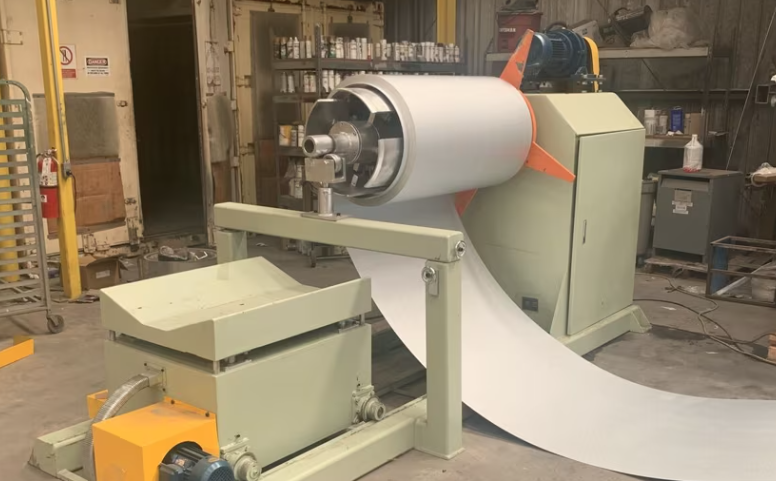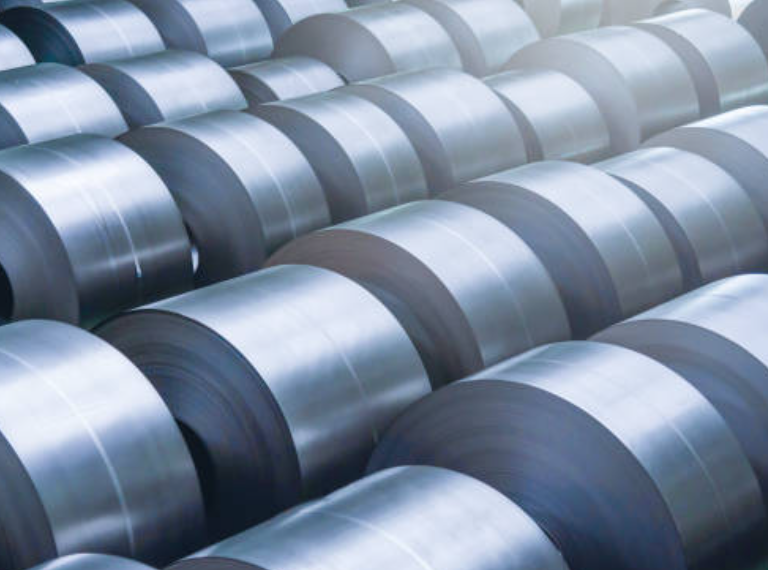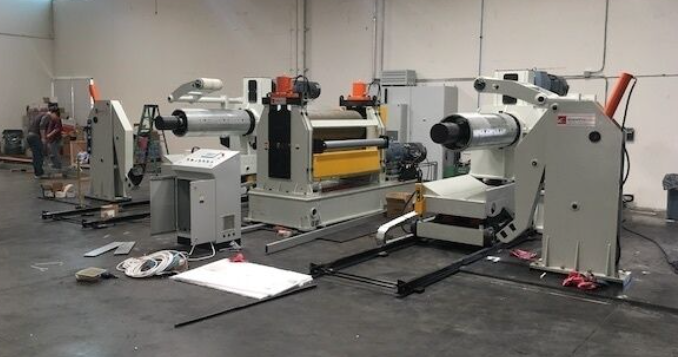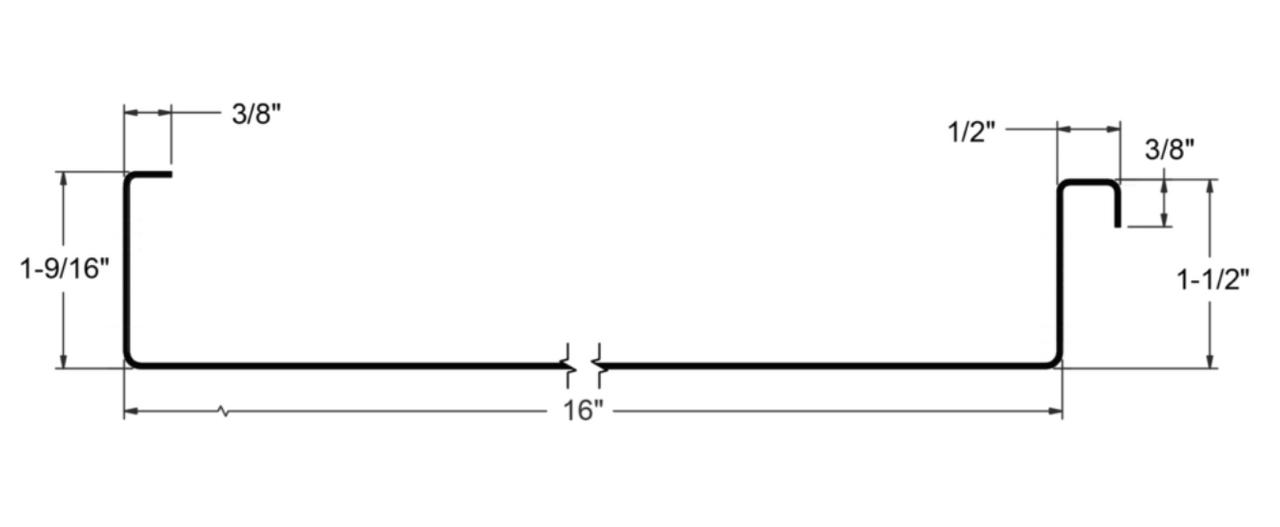
Posted on Thursday, October 31, 2024
When it comes to roll forming machines, keeping up with the latest advancements can lead to significant productivity gains and reduced operational costs. But how do you know when upgrading is the right move?
Upgrading can be a large investment, so it’s crucial to determine if it’s financially sensible. Here are some indicators:
The technology landscape for roll forming machines is rapidly evolving, and these advancements offer substantial benefits:
An upgraded roll forming machine should integrate smoothly with your current systems:
By understanding these factors, German businesses can make a well-informed decision about upgrading their roll forming machines, helping to ensure an effective transition that enhances productivity and aligns with industry trends.

Understanding Coil IDs, Mandrel Sizing, and Shear Pin Safety in Uncoilers
Posted on Wednesday, October 1, 2025
Mismatched sizes can lead to machine damage, downtime, and safety hazards — often evidenced by a shear pin failure.

How Coil Tensile Strength Affects Roll Forming and How to Adjust Your Machine
Posted on Wednesday, October 1, 2025
Changes in tensile strength can significantly affect the finished profile, causing misaligned bends, uneven edges, and out-of-spec parts.

Why Paint Cracks on an Embossing Line Running Pre-Painted Coil and How to Prevent It
Posted on Wednesday, October 1, 2025
This issue not only affects the visual quality of the product but can also lead to increased scrap rates and customer complaints.

The Most Popular Standing Seam Metal Roof Panels in the U.S. — A Comprehensive Guide
Posted on Monday, September 29, 2025
In this post, we’ll explore what panel styles and sizes are most popular in the U.S